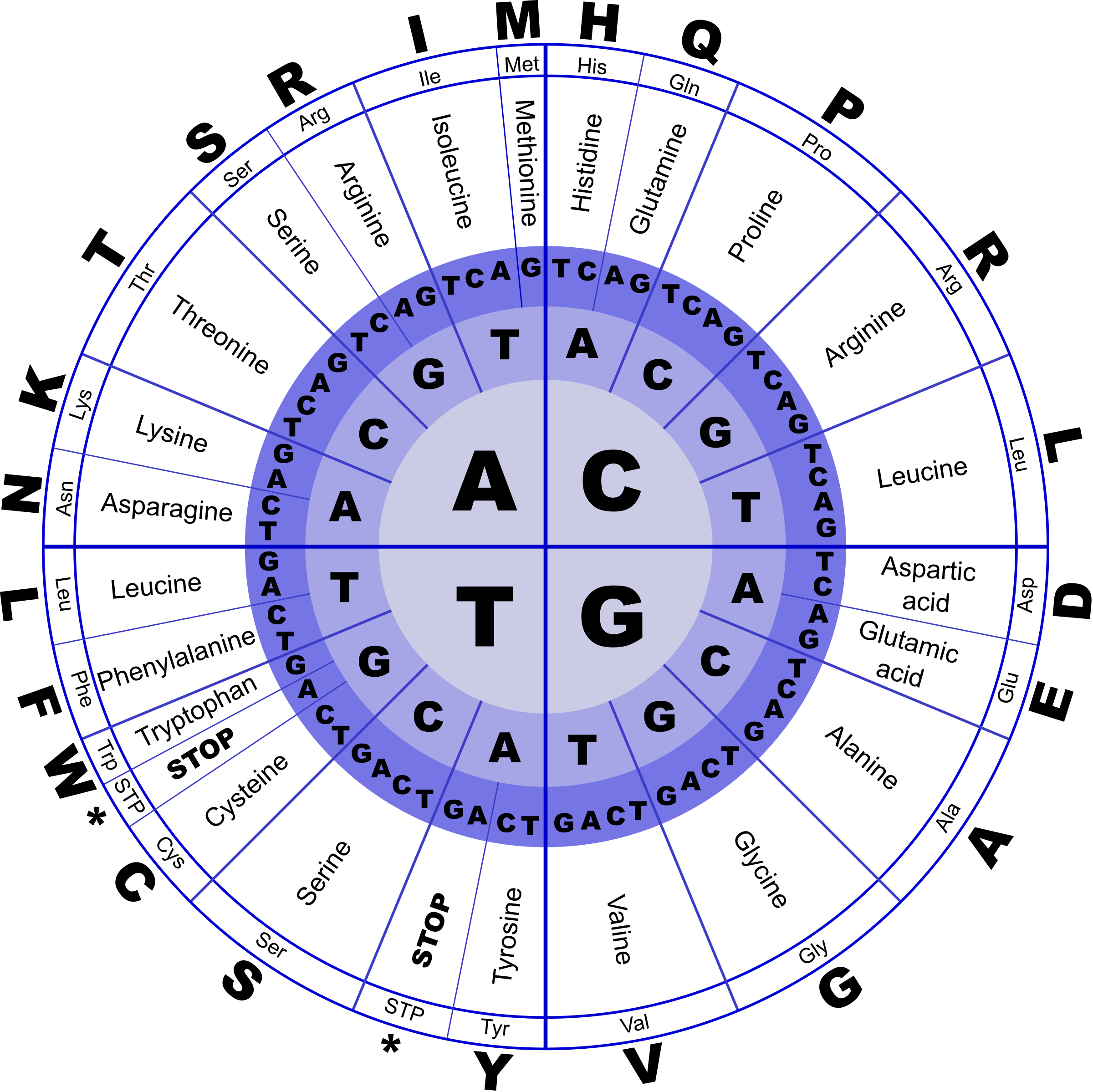 To confirm correct sequences in plasmids constructed, the plasmids can be analyzed by standard techniques such as by restriction endonuclease digestion, and/or sequencing according to known methods. Yeast Integrating plasmids (e.g., YIp5) and Yeast Replicating plasmids (the YRp series plasmids) and pGPD-2. Media can be rich media, e. If you have any kind of inquiries pertaining to where and ways to make use of sialic acid powder manufacturers, you could contact us at our internet site. g., Luria broth or terrific broth, or synthetic or semi-synthetic medium, e.g., M9 medium. A "culture medium" refers to any liquid, semi-solid or solid media that can be used to support the growth of a microorganism used in the methods of the invention. When more than one heterologous protein is expressed in a microorganism, the genes encoding the proteins can be expressed on a single expression cassette or on multiple expression cassettes that are compatible and can be maintained in the same cell. "silent substitutions" or "silent variations," which are one species of "conservatively modified variations." Every polynucleotide sequence described herein which encodes a polypeptide also describes every possible silent variation, except where otherwise noted.
To confirm correct sequences in plasmids constructed, the plasmids can be analyzed by standard techniques such as by restriction endonuclease digestion, and/or sequencing according to known methods. Yeast Integrating plasmids (e.g., YIp5) and Yeast Replicating plasmids (the YRp series plasmids) and pGPD-2. Media can be rich media, e. If you have any kind of inquiries pertaining to where and ways to make use of sialic acid powder manufacturers, you could contact us at our internet site. g., Luria broth or terrific broth, or synthetic or semi-synthetic medium, e.g., M9 medium. A "culture medium" refers to any liquid, semi-solid or solid media that can be used to support the growth of a microorganism used in the methods of the invention. When more than one heterologous protein is expressed in a microorganism, the genes encoding the proteins can be expressed on a single expression cassette or on multiple expression cassettes that are compatible and can be maintained in the same cell. "silent substitutions" or "silent variations," which are one species of "conservatively modified variations." Every polynucleotide sequence described herein which encodes a polypeptide also describes every possible silent variation, except where otherwise noted. In connection with the present invention, we discovered that it is possible to produce genetically engineered micro-organisms, especially non-pathogenic bacteria, by introducing several heterologous genes and inactivating several endogenous genes to obtain a tailored enzymatic pathway leading to accumulation of endogenous sialic acid. By contrast in bacteria, ManNAc is used instead of ManNAc-6-P for the condensation with phosphoenolpyruvate leading to the formation of Neu5Ac in only one step. The catabolic pathway for Neu5Ac has been identified in E. coli: a specific permease encoded by nanT transports Neu5Ac into the cytoplasm, where it is cleaved into ManNAc and pyruvate by the aldolase encoded by nanA (Vimr & Troy, 1985). ManNAc is phosphorylated by the NanK kinase into NanNAc-6-P, which is subsequently converted into GlcNAc-6-P by the NanE protein (Plumbridge & Vimr, 1999) GlcNAc-6-P is then deacetylated by NagA into GlcN-6-P to join the glycolysis pathway or to be used as a precursor for UDP-GlcNAc biosynthesis. This enzyme has been identified in various microorganisms and physiologically acts as an aldolase to enable the catabolism of Neu5Ac. According to the method proposed herein, degradation of Neu5Ac and ManNAc is prevented. In a first embodiment, the invention relates to a method for producing sialic acid and analogs thereof, comprising the step consisting of culturing a microorganism in a culture medium, wherein said microorganism comprises heterologous genes encoding a sialic acid synthase (NeuB), a UDP-GlcNAc epimerase (NeuC), said micro-organism being devoid of a gene encoding CMP-Neu5Ac synthase (NeuA) or wherein a gene encoding CMP-Neu5Ac synthase (NeuA) has been inactivated or deleted; and wherein endogenous genes coding for sialic acid aldolase (NanA), for sialic acid transporter (nanT), and optionally for ManNac kinase (nanK), have been deleted or inactivated.
In connection with the present invention, we discovered that it is possible to produce genetically engineered micro-organisms, especially non-pathogenic bacteria, by introducing several heterologous genes and inactivating several endogenous genes to obtain a tailored enzymatic pathway leading to accumulation of endogenous sialic acid. By contrast in bacteria, ManNAc is used instead of ManNAc-6-P for the condensation with phosphoenolpyruvate leading to the formation of Neu5Ac in only one step. The catabolic pathway for Neu5Ac has been identified in E. coli: a specific permease encoded by nanT transports Neu5Ac into the cytoplasm, where it is cleaved into ManNAc and pyruvate by the aldolase encoded by nanA (Vimr & Troy, 1985). ManNAc is phosphorylated by the NanK kinase into NanNAc-6-P, which is subsequently converted into GlcNAc-6-P by the NanE protein (Plumbridge & Vimr, 1999) GlcNAc-6-P is then deacetylated by NagA into GlcN-6-P to join the glycolysis pathway or to be used as a precursor for UDP-GlcNAc biosynthesis. This enzyme has been identified in various microorganisms and physiologically acts as an aldolase to enable the catabolism of Neu5Ac. According to the method proposed herein, degradation of Neu5Ac and ManNAc is prevented. In a first embodiment, the invention relates to a method for producing sialic acid and analogs thereof, comprising the step consisting of culturing a microorganism in a culture medium, wherein said microorganism comprises heterologous genes encoding a sialic acid synthase (NeuB), a UDP-GlcNAc epimerase (NeuC), said micro-organism being devoid of a gene encoding CMP-Neu5Ac synthase (NeuA) or wherein a gene encoding CMP-Neu5Ac synthase (NeuA) has been inactivated or deleted; and wherein endogenous genes coding for sialic acid aldolase (NanA), for sialic acid transporter (nanT), and optionally for ManNac kinase (nanK), have been deleted or inactivated.Alternatively, the method may comprise removing the operon including nanT, nanA, nanE genes (nanEAT-), except the nanK gene. ManNAc is phosphorylated by the NanK kinase into NanNAc-6-P, which is subsequently converted into GlcNAc-6-P by the NanE protein (Plumbridge & Vimr, 1999) GlcNAc-6-P is then deacetylated by NagA into GlcN-6-P to join the glycolysis pathway or to be used as a precursor for UDP-GlcNAc biosynthesis. The mechanism of regulation of CMP-Neu5Ac biosynthesis in bacteria has not been determined. NeuB), a UDP-GlcNAc epimerase (NeuC), said micro-organism being devoid of a gene encoding CMP-Neu5Ac synthase (NeuA) or wherein a gene encoding CMP-Neu5Ac synthase (NeuA) has been inactivated or deleted; and wherein endogenous genes coding for sialic acid aldolase (NanA), for sialic acid transporter (nanT), and optionally for ManNac kinase (nanK), have been deleted or inactivated. T, nanA, nanE genes (nanEAT-), except the nanK gene. 2.995 DNA fragment containing the sequence of the genes neuBCA was amplified by PCR using the genomic DNA of Campylobacter jejuni strain ATCC 43438 as a template.
Preferably, NeuB and NeuC are isolated from bacterial strains that contain sialylated structure in their cells envelope, such as C. jejuni strain ATCC Accession No. 43438. It is also within the scope of the invention to use substantially identical sequences, and/or conservatively modified variations of said sequences as defined hereafter. After 24 h, cells were differentiated into neuron-like cells by addition of 50 ng/ml nerve growth factor (NGF; Sigma-Aldrich) diluted in 500 µl differentiating medium (RPMI 1640 medium contain 1% heat-inactivated horse serum) for 7 days before starting the experiment. Hepa-1c1c7 (Sigma-Aldrich) were cultured in alpha-minimum essential medium (MEM, Gibco) supplemented with 10% fetal bovine serum (FCS), 1% l-Glutamine and 1% Penicillin/Streptomycin (all from Gibco). These genes can encode a gene product, such as a protein, necessary for the survival or growth of transformed host cells grown in a selective culture medium. Neu5Ac is a relatively small molecule which is very likely to diffuse into the extracellular medium after being produced in the cytoplasm. The genes neuC and neuB encoding UDP-GlcNAc 2-epimerase (Vann et al., 2004) and Neu5Ac synthase (Annunziato et al., 1995; Vann et al., 1997) respectively have been identified in E. coli K1 and orthologs of these genes have found in various microorganisms such as Neisseria and Campylobacter species.



